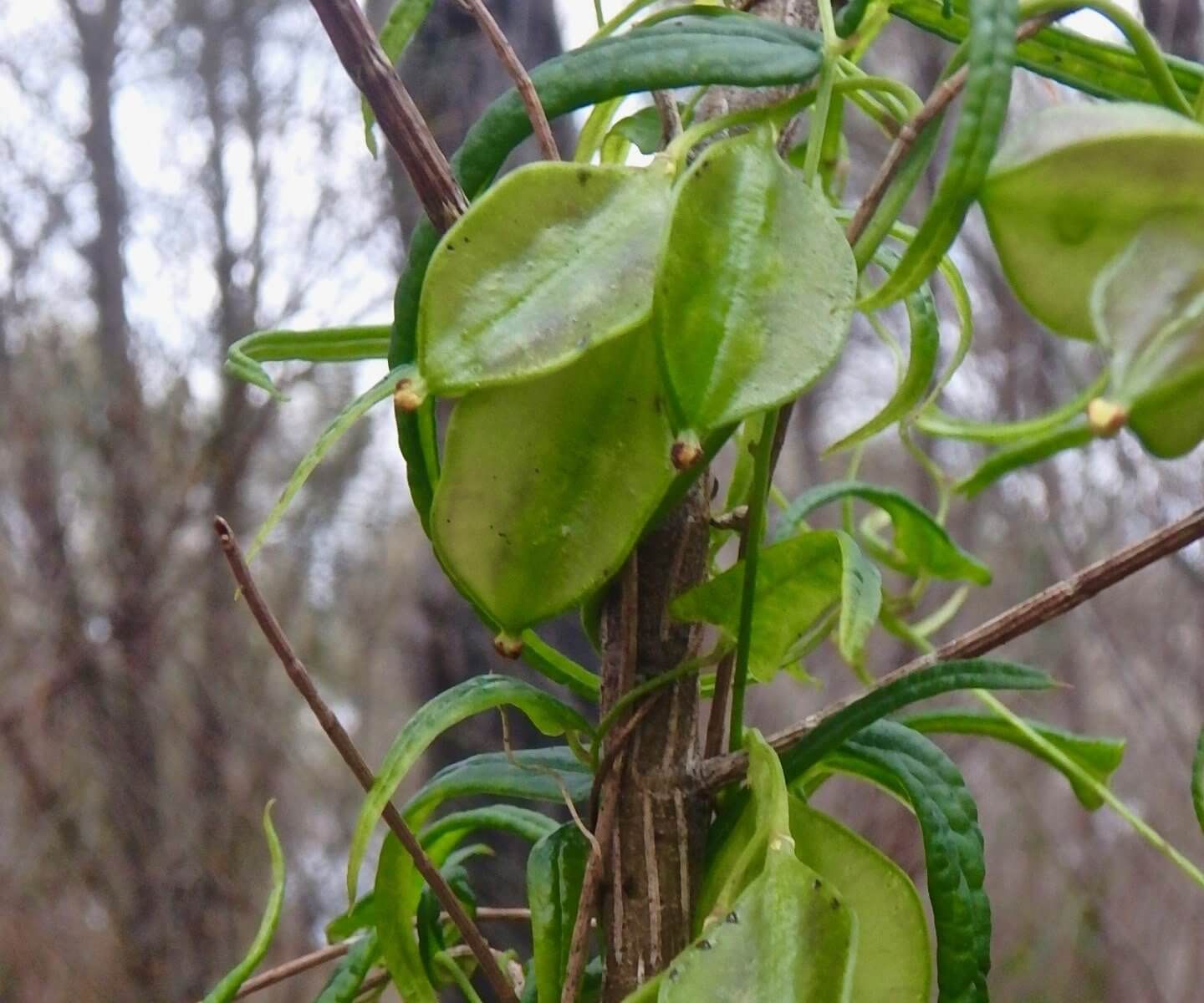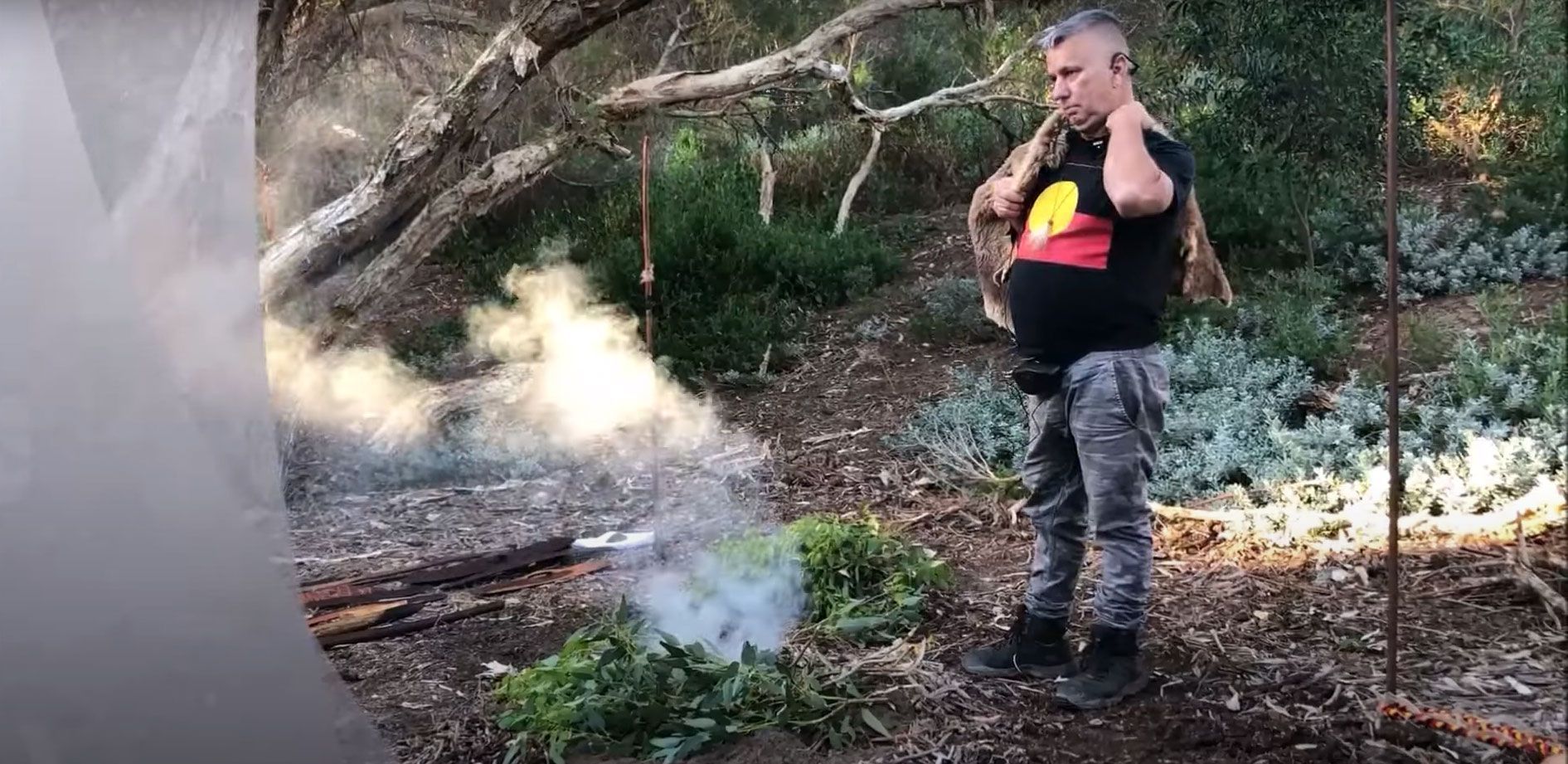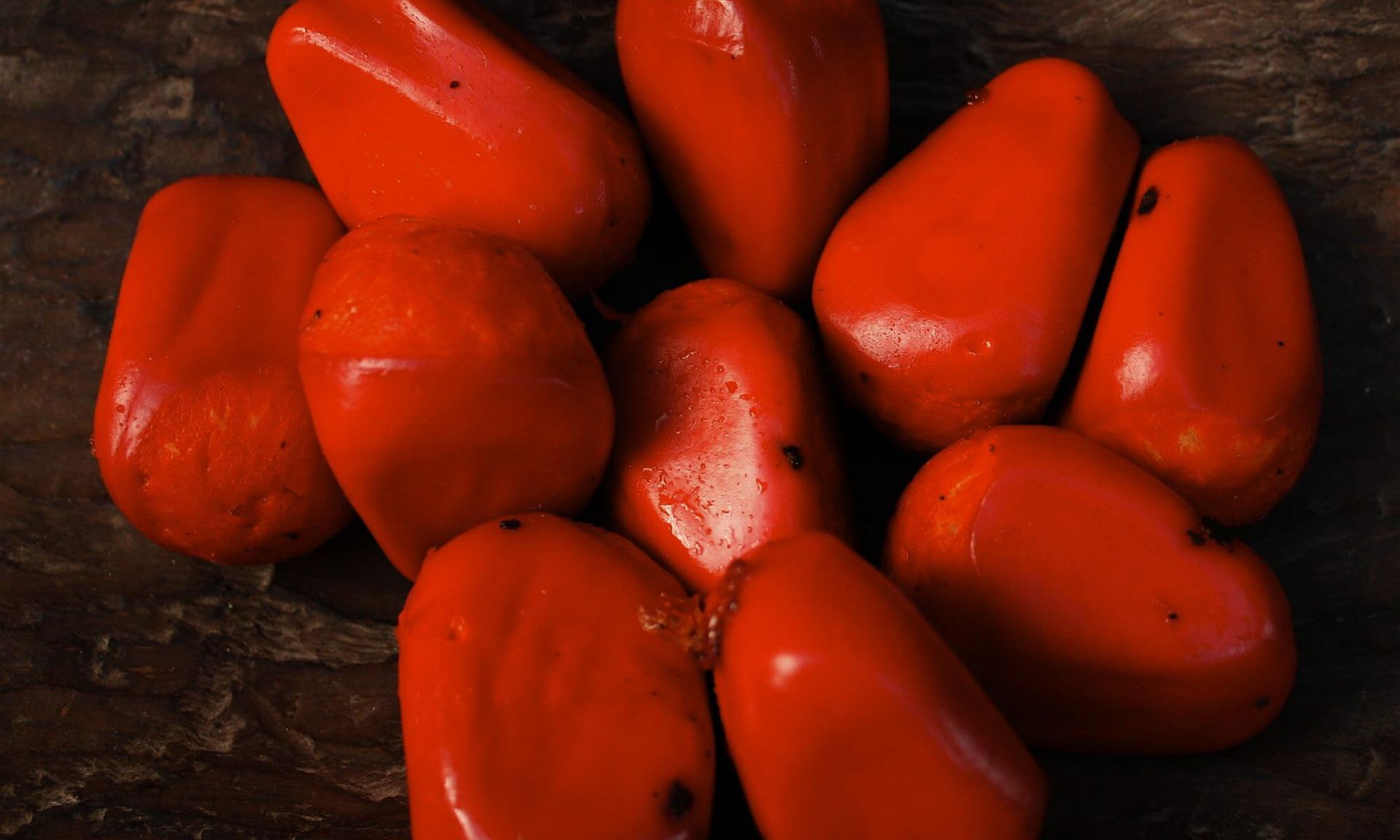Noongar artefacts: evidence of coastal habitation at South Cottesloe
The hammer stone was found in a sand dune in the vicinity of the Vlamingh Memorial. The artefact is made from a fossiliferous sedimentary material (source of stone unknown). Description: oval shaped, length 100mm, width 80mm, thickness 20mm, weight 450 grams. Colour grey, texture course grained. Pitting and some battering marks at the centre on both sides indicate it may have been used for percussion in the production of artefacts or as an anvil for cracking shellfish or other foods, such as quondong nuts.
Glass scrapers also found at South Cottesloe in 2008
Three post-contact glass artefacts (pictured above) were found in degraded bushland at South Cottesloe/ Mosman Park. The scrapers are made from the bases of a variety of old bottles that have been shaped and worked into effective cutting and scraping tools. Aboriginal consultants believed that they were used to clean the bark from spear wood and also for cleaning fish. (Photo by Ken Macintyre 2008). Finding artefacts makes one aware that this land was inhabited and frequented for many thousands of years before us by indigenous people.





